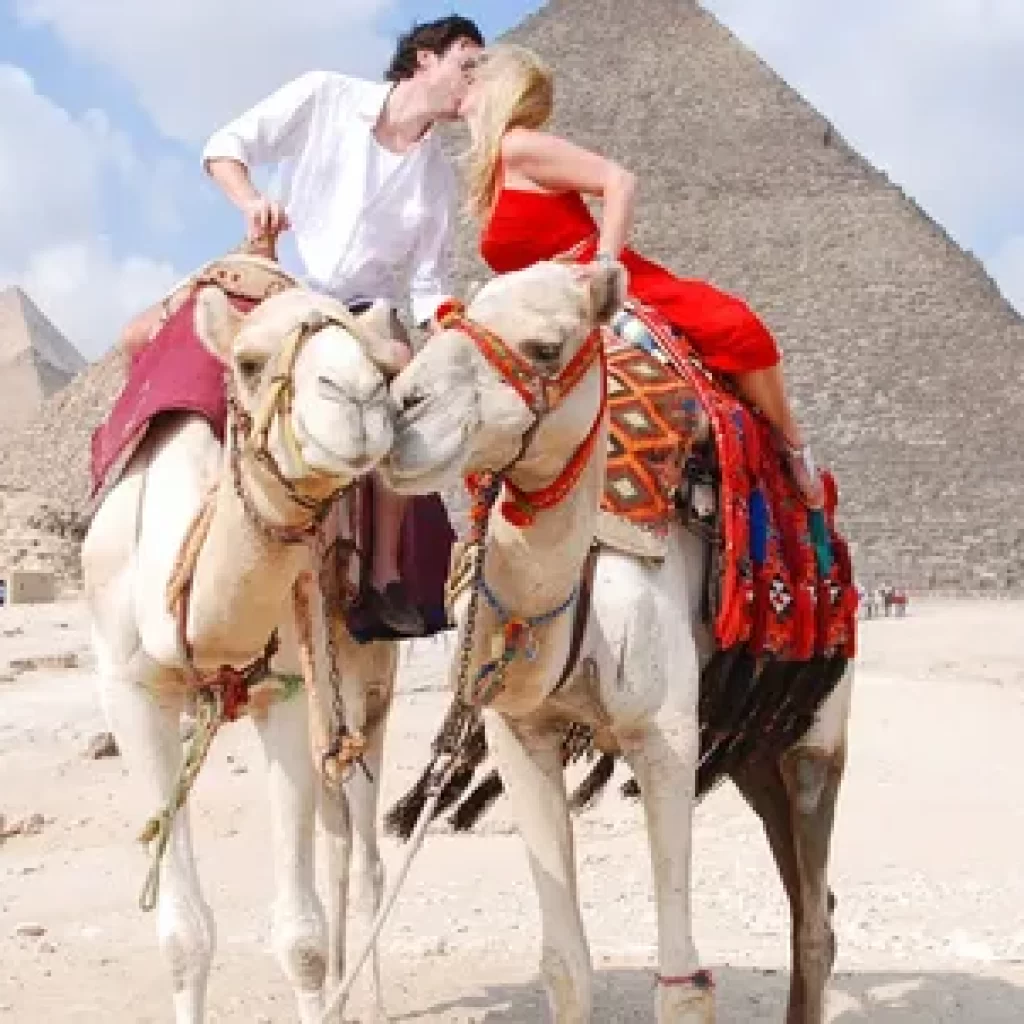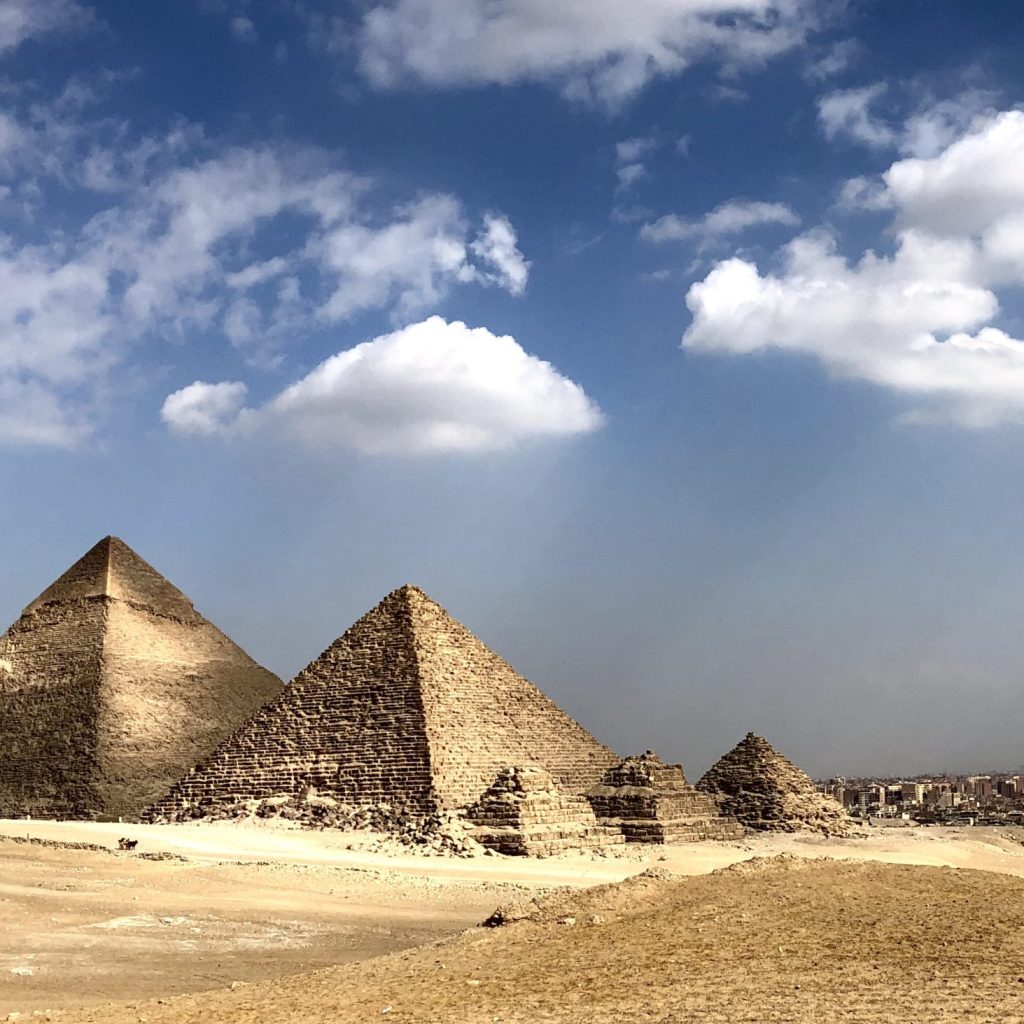Ancient Marvels of Egyptian pyramids at Giza

Table of Contents
- Introduction
- The Origins of Pyramids at Giza
- The Techniques of the Pyramids
- The Great Pyramid of Giza
- The Mysteries Surrounding the Pyramids
- The Purpose of the Pyramids
- The Sphinx
- The Pyramids in Modern Culture
- Preservation
- Recent Discoveries
- Conclusion
- FAQs
Introduction
The Egyptian pyramids at Giza are among the most iconic and enigmatic structures in human history. Standing tall on the Giza Plateau, these ancient marvels have captivated historians, archaeologists, and tourists for centuries. This article delves into the rich history, construction, and enduring mysteries of the pyramids at Giza, shedding light on their significance in ancient and modern times.

1. The Origins of Pyramids at Giza
The Egyptian pyramids at Giza were constructed during the Fourth Dynasty of the Old Kingdom of Egypt, approximately 4,500 years ago. Commissioned by Pharaohs Khufu, Khafre, and Menkaure, these pyramids were built as monumental tombs to ensure their immortality in the afterlife. The choice of Giza as the site for these grand structures was likely influenced by its proximity to the ancient capital of Memphis and the availability of limestone.
2. The Techniques of the Pyramids
The construction of the Egyptian pyramids at Giza remains a subject of fascination and debate. The sheer size and precision of these structures have led to numerous theories about the techniques used. It is widely believed that a massive workforce, possibly composed of skilled laborers and conscripted workers, was employed. The construction process involved quarrying large limestone blocks, transporting them to the site, and assembling them with remarkable accuracy. Ramps, levers, and sledges were likely used to maneuver these massive stones into place.

3. The Great Pyramid of Giza
The Great Pyramid of Giza, also known as the Pyramid of Khufu, is the largest and most famous of the three pyramids. Originally standing at 146.6 meters (481 feet), it was the tallest man-made structure in the world for over 3,800 years. The Great Pyramid consists of an estimated 2.3 million limestone blocks, each weighing an average of 2.5 tons. Inside, a complex system of passageways and chambers, including the King’s Chamber and the Grand Gallery, adds to its architectural sophistication.
4. The Mysteries Surrounding the Pyramids
The Egyptian pyramids at Giza are shrouded in mystery, with many questions remaining unanswered. One of the most enduring mysteries is the exact method used to align the pyramids with such astronomical precision. Additionally, the purpose of certain internal structures, such as the so-called “air shafts,” continues to perplex researchers. These mysteries have fueled numerous theories, ranging from advanced ancient technologies to extraterrestrial involvement.

5. The Purpose of the Pyramids
The primary purpose of the Egyptian pyramids at Giza was to serve as tombs for the pharaohs. The ancient Egyptians believed in an afterlife where the deceased would need their physical body and possessions. The pyramids were designed to protect the pharaohs’ mummified bodies and their worldly treasures from tomb robbers. Additionally, the grandeur of these structures symbolized the pharaohs’ divine status and their journey to the afterlife.
6. The Sphinx
The Great Sphinx of Giza, the pyramids and is believed to be closely related to them. Most scholars attribute its construction to Pharaoh Khafre, linking it to his pyramid. The Sphinx is thought to serve as a guardian of the Giza Plateau, embodying the strength and wisdom of the pharaoh. However, its exact purpose and the methods of its construction remain topics of ongoing research and debate.

7. The Pyramids in Modern Culture
The Egyptian pyramids at Giza have left an indelible mark on modern culture. They are featured in countless books, films, and documentaries, often depicted as symbols of ancient wisdom and mystery. The pyramids also inspire architectural designs and artistic expressions worldwide. Their enduring legacy is a testament to the ingenuity and cultural significance of ancient Egyptian civilization.
8. Preservation
The preservation of the Egyptian pyramids at Giza is a major concern for historians and archaeologists. Exposure to natural elements, pollution, and tourism has taken a toll on these ancient structures. Efforts are underway to protect and restore the pyramids, including limiting visitor access to certain areas and employing advanced conservation techniques. Despite these challenges, the pyramids remain one of the most popular .

9. Recent Discoveries
Recent archaeological discoveries and research continue to shed light on the Egyptian pyramids at Giza. Advanced technologies, such as ground-penetrating radar and 3D scanning, have revealed previously unknown chambers and passageways. In 2017, discovering a hidden void within the Great Pyramid sparked significant interest and debate among scholars. Ongoing excavations and studies aim to uncover more about these enigmatic structures’ construction methods, purpose, and history.
10. Conclusion
The Egyptian pyramids at Giza stand as a testament to the ingenuity, ambition, and spiritual beliefs of ancient Egyptian civilization. These monumental structures continue to fascinate and inspire people around the world. As modern technology and research unveil more secrets, the pyramids’ legacy endures, reminding us of the enduring quest to understand our past.
FAQs

- Who built the Egyptian pyramids at Giza?
The pyramids were built by the ancient Egyptians during the Fourth Dynasty of the Old Kingdom, primarily under Pharaohs Khufu, Khafre, and Menkaure. - What was the primary purpose of the pyramids?
The primary purpose of the pyramids was to serve as tombs for the pharaohs, ensuring their immortality in the afterlife. - How were the pyramids constructed?
The pyramids were constructed using large limestone blocks, which were quarried, transported, and assembled by a massive workforce using ramps, levers, and sledges. - What is the Great Pyramid of Giza?
The Great Pyramid of Giza, built for Pharaoh Khufu, is the largest and most famous of the Giza pyramids, originally standing at 146.6 meters tall. - What mysteries surround the pyramids?
Mysteries include the methods used to align the pyramids with astronomical precision and the purpose of certain internal structures like “air shafts.” - What is the Sphinx’s connection to the pyramids?
The Great Sphinx of Giza is believed to be related to Pharaoh Khafre’s pyramid and serves as a guardian of the Giza Plateau. - How are the pyramids being preserved today?
Preservation efforts include limiting visitor access, employing advanced conservation techniques, and using technologies like ground-penetrating radar to study and protect the structures.





Comment (0)